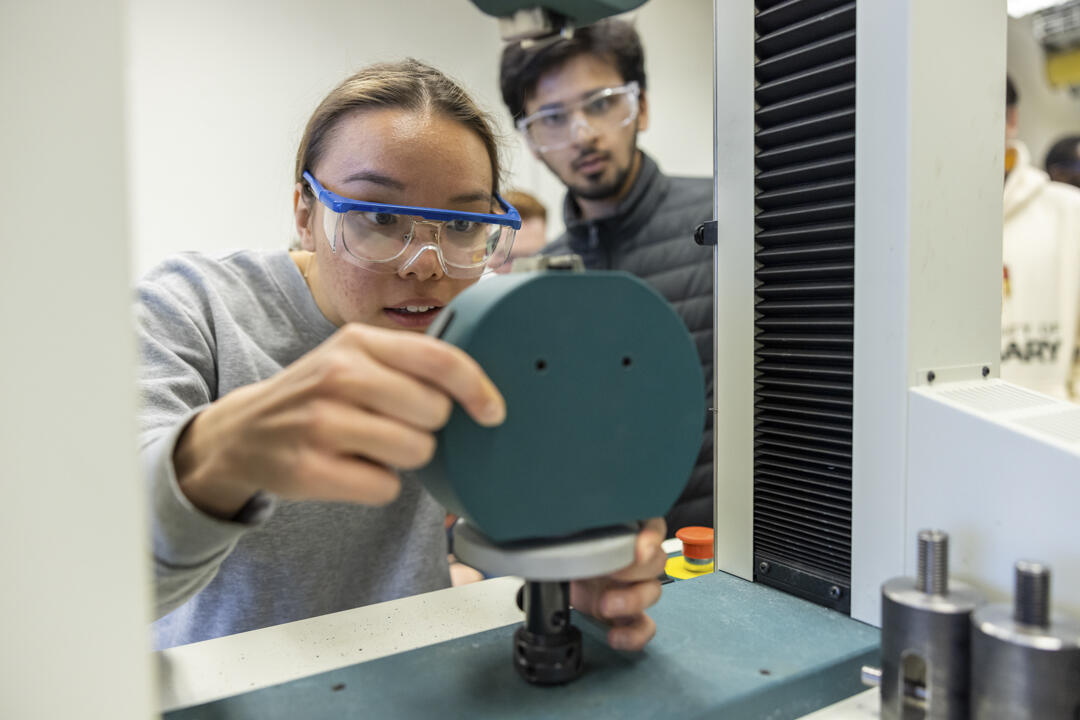Lesson 1: Planning an Experiential Learning Activity
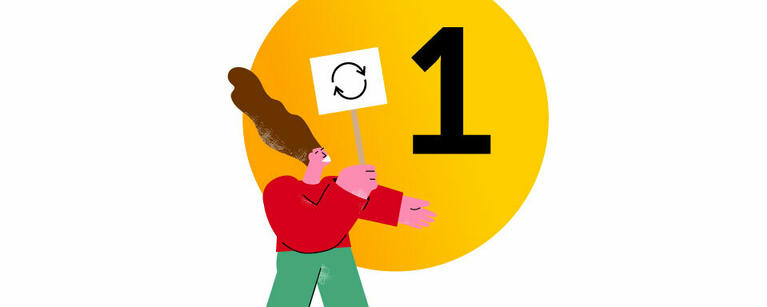
Introduction
This lesson lays the groundwork and highlights the theory, benefits and competencies for experiential learning (EL) generally. It will be useful to individuals who might be new to EL or for those practitioners who want a bit of a refresher before planning an EL activity for a course or program.
This lesson will start with UCalgary’s definition of EL and many of the elements in it including the emphasis on hands-on learning or learning by doing that can be found in other institutional definitions. It is good to have an EL activity in mind for a course or program since meaningful and impactful EL is intentionally designed.
Definitions and Benefits of EL
At its base, EL is hands-on learning that asks students to engage in a one-time interactive classroom activity or as part of a required program component, like a practicum, co-op or internship. Hands-on learning can be very impactful as it helps students process their learning to develop higher-order thinking that prepares them to challenge and advance their perspectives and abilities.
Definitions
As the UCalgary EL Plan states, EL is "learning-by-doing that bridges knowledge and experience through critical reflection. EL activities are intentionally designed and assessed. As such, they empower learners to enhance individual and collaborative skills such as complex problem solving, professional practice skills, and teamwork."
The Association for Experiential Education defines EL as experiences that are “structured to require the learner to take initiative, make decisions and be accountable for results. Throughout the experiential learning process, the learner is actively engaged in posing questions, investigating, experimenting, being curious, solving problems, assuming responsibility, being creative, and constructing meaning.”
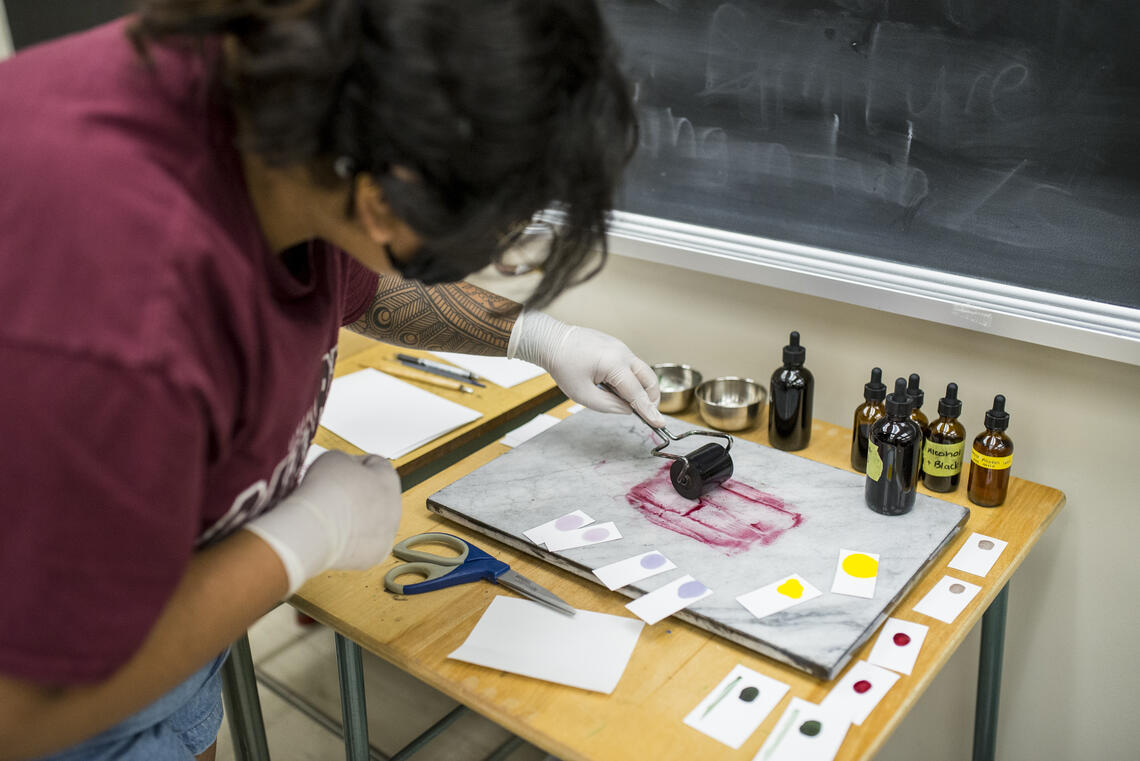
The Book Arts Lab in the Faculty of Arts gives students an opportunity to explore printing and book making techniques to relate back to their studies.
Benefits
EL is associated with:
- enhanced student engagement, increased career readiness after graduation, and an improved civic consciousness (Eyler, 2009; Kuh, 2008; McRae, 2015).
- increased academic, professional and interpersonal skill development (Freestone, Thompson & Williams, 2006; Drysdale & McBeath, 2012)
- refined personal learning habits, greater employability, and self-concept (Freestone, Thompson & Williams, 2006; Drysdale & McBeath, 2012)
- supporting students in discovering a sense of purpose (personally, professionally and academically); and
- preparing students to make meaningful contributions to their field and communities.
Reflect on This
Think about a time when you were a learner. Can you describe an experience, intentional or not, that you had which had a profound impact on you? What made it profound and meaningful? Was it intentionally designed or incidental in its nature? What did you learn from it?
Note: If you want to email your reflection to yourself, you may enter your email and hit "Save." Otherwise, you can use this space to write down your thoughts without saving or use the PDF workbook to record your notes.
Collection of personal information
Your personal information is collected under
the authority of section 33(c) of the Freedom of Information and Protection of Privacy Act. If
you have any questions about the collection or use of this information, please visit our
Access to Information page.
Intentional EL Design
Meaningful experiential learning activities do not happen organically. Students can have great experiences associated with a class but as John Dewey (1986) said not all experience is educative.
To be educative EL activities need to be:
The student's role
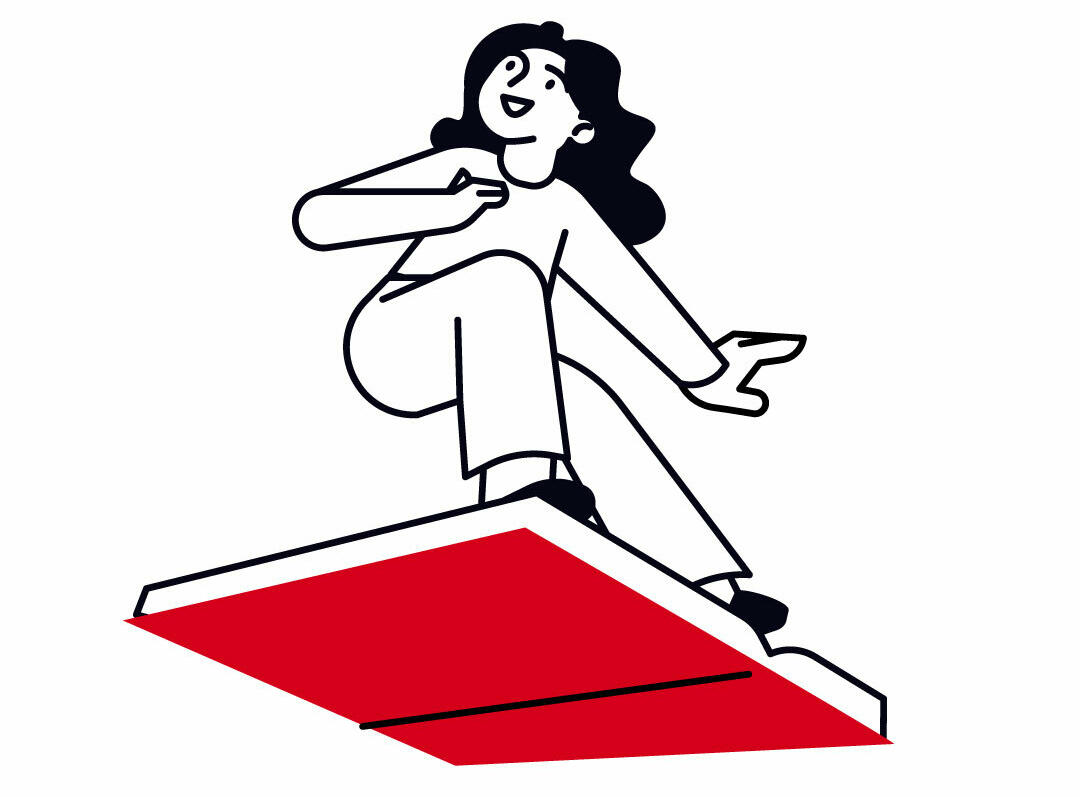
When engaging in EL, the student's role is to challenge themselves to take risks and process any mistakes in a way that helps them to develop their academic, personal, and professional skills. It is important for students to take an active role in setting goals for their learning and approach EL with a growth mindset.
The educator's role

The educator’s responsibility is to pose problems and ask questions that deepen the interaction with the EL activity, ensure that the students are engaged in an emotionally and physically safe environment, and provide feedback on critical reflection to help students learn from experience.
The community's role
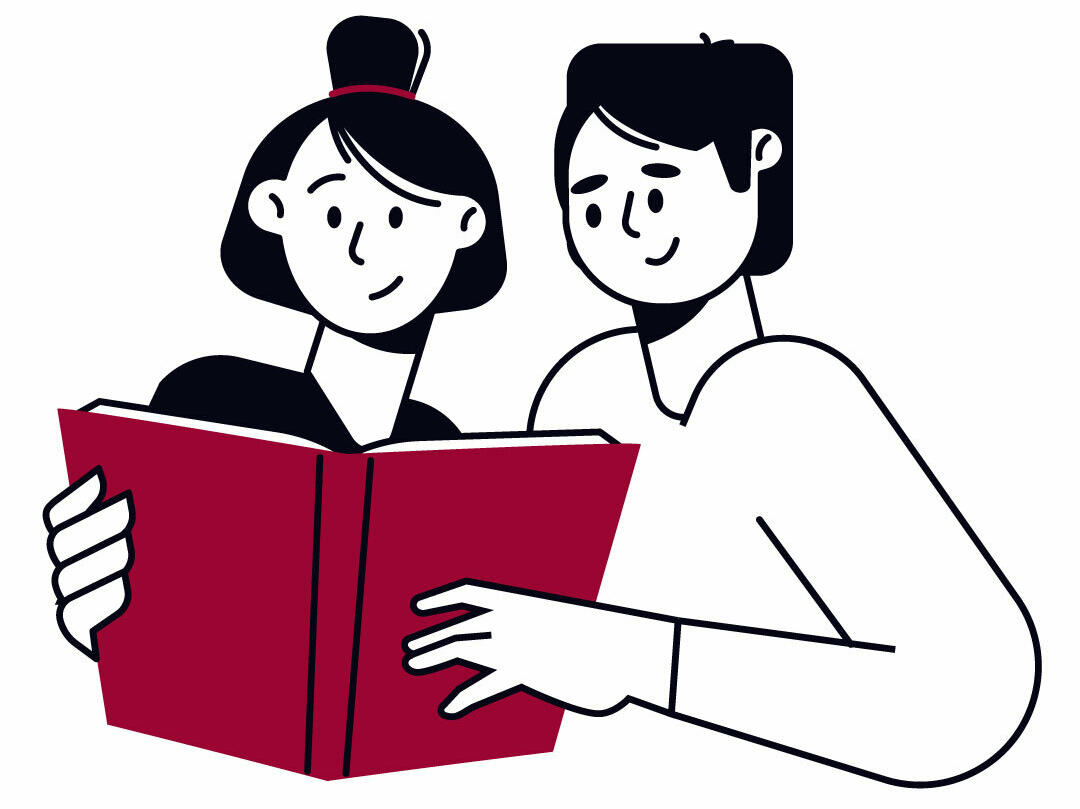
If a community or industry partner is involved in the EL activity they also play a role in student learning by providing evaluation and assessment on student performance.
EL Competencies and Learning
EL is unique in that it helps students develop a wide range of competencies that can help them grow in their personal, academic and professional spaces. This module highlights a number of EL competencies that are common across a wide variety of EL activities and that students acquire through engagement in and reflection on an EL activity.
Chapman, McPhee & Proudman (1995) describe what actions to consider as you plan to incorporate an EL activity into your course or program. Linking the actions to the competency can increase the chances that your students will achieve those competencies by completing the activity.
Competencies and strategies that help achieve them
Click through each of these competencies to see strategies for helping achieve them through an EL activity.
Help students make a personal connection to the material and activity. The experience needs to support students in emotionally investing in the activities, not just completing required tasks.
Help students set personal goals and then ensure that activities and learning are meaningful to the student’s personal goals.
Ensure the experience works within the context of the course or program objectives. The experience must align with experiential attributes, while balancing program content and theory. Help students articulate the interpersonal skills acquired as a result of the activity. Help them see how some of those skills are professional in nature.
Create a safe space for learning. Students must feel comfortable taking risks and making mistakes, to support their own process of self-discovery. As well, provide them with opportunities to push learning boundaries. This could include exposure to physical and social environments where they are required to be accountable for their own actions.
Help students see how skills learned in this EL activity can translate to career readiness skills.
Students should be able to see the connection of activities to the real world.
Purposeful reflection: Students must have an opportunity to gain insight into themselves and their interactions with the world. Student self-discovery in a safe environment supports the analysis and reflection on their own values.
Types of EL Activities
The types of EL activities you can adopt for your course or program are wide and varied, and the level of intensity experienced by the student and the amount of labour for the instructor also vary depending on the level of EL immersion the activity requires.
Below are a few examples of EL activities showing a range of intensities.
| Activity | Description | Tags |
|---|---|---|
| Multimedia Presentations | Have students create multimedia presentations, such as videos, podcasts, or interactive websites to showcase their experiential learning projects. | Small class, large class |
| Simulation Exercises | Develop simulation exercises related to the experiential learning topic. This could involve role-play scenarios, business simulations or virtual reality experiences. | Small class, large class |
| Infographics | Ask students to design infographics summarizing their experiential learning experiences. | Small class, large class |
| Cases Study Analysis | Provide students with real-world studies related to the experiential learning topic. Ask them to analyze the cases, identify key issues, propose solutions and discuss the implications of their recommendations. | Small class, large class |
| Interactive Workshops/Classes | Have students conduct interactive workshops, teach a class or lead training sessions based on their experiential learning projects. Assess their ability to engage participants, deliver content, and facilitate discussion. | Small class, large class |
| Poster Session | Organize a poster session where students display visually appealing posters summarizing their experiential learning topic. | Small class, large class |
| Debates and Discussions | Arrange debates or panel discussions where students discuss controversial or challenging topics related to their experiential learning experiences. | Small class, large class |
| Digital Storytelling | Have students create digital stories using multimedia elements (images, audio or video) to narrate their experiential learning journeys. | Small class, large class |
| Interactive Surveys or Quizzes | Develop interactive quizzes like Kahoot or Top Hat related to the Experiential Learning activity. | Small class, large class |
| Field Trips | Organize field trips to various locations that support the learning in your class in an active way. Field trips get students out of their regular learning environment and help them see their topic in action. | Small class, large class |
| Guest speakers | Invite someone from the community into your class to share their expertise, experiences and insights about a particular topic. | Small class, large class |
| Creative performances/exhibits | ||
| Design or project-based learning | ||
| International/cross cultural learning | ||
| Laboratories | Immersive, classroom-based | |
| Pitch competitions | ||
| Simulations | ||
| Studios | ||
| Undergraduate research projects | ||
| Summer studentships | ||
| Capstone Projects | ||
| Consulting Projects | ||
| Cooperative education | Work-Integrated Learning | |
| Internships | Work-Integrated Learning | |
| Professional/Clinical practice | Work-Integrated Learning | |
| Field Experience | Work-Integrated Learning | |
| Practica | Work-Integrated Learning |

Your Turn
Note: If you want to email your answers to yourself, you may enter your email and hit "Save." Otherwise, you can use this space to write down your thoughts without saving or use the PDF workbook to record your notes.
Collection of personal information
Your personal information is collected under
the authority of section 33(c) of the Freedom of Information and Protection of Privacy Act. If
you have any questions about the collection or use of this information, please visit our
Access to Information page.

